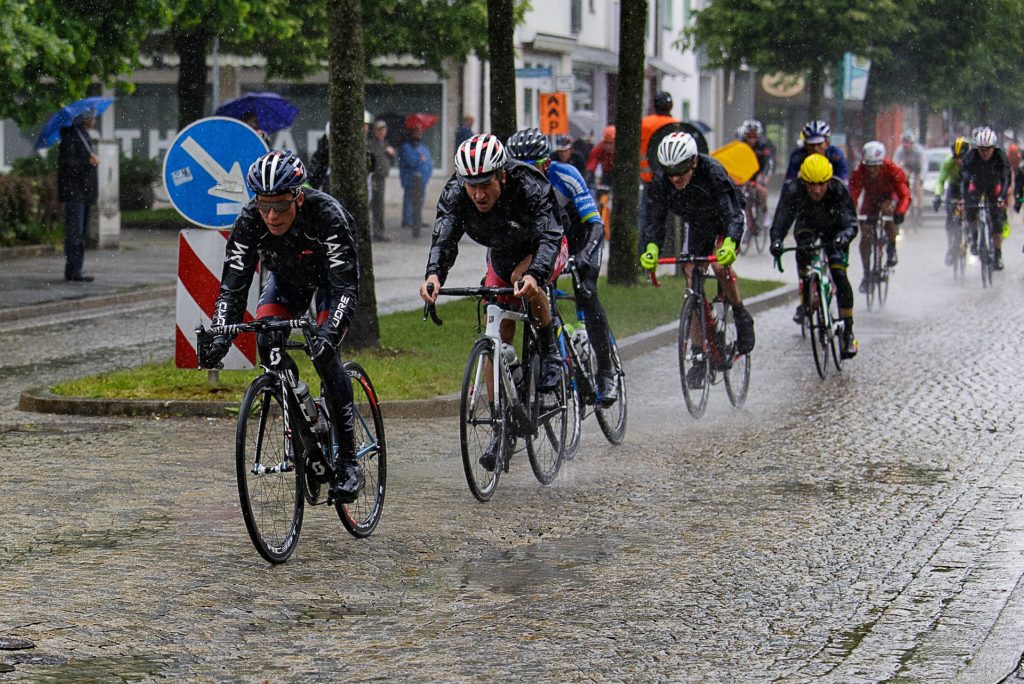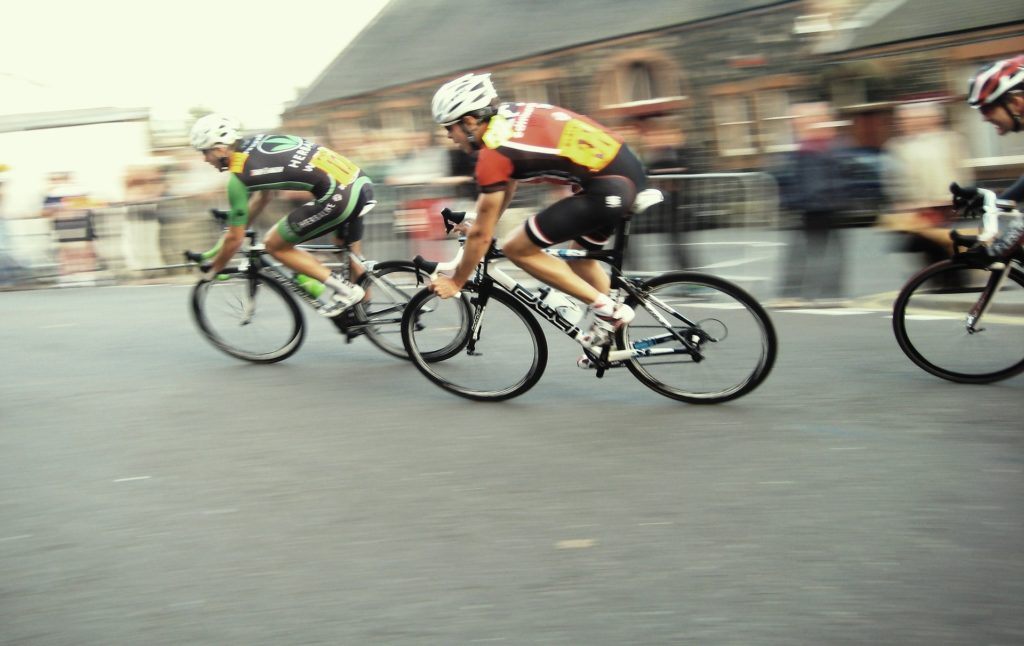Bart Haynes here in sunny San Diego, here to answer a reader question: how much is a safe distance to increase riding? Is it like running?
The prevailing, accepted running wisdom is that once you have your running baseline, you shouldn’t increase your running distance more than 10%. Some runners take this as “not more than 10% increase in one run,” while other runners take this as, “not more than 10% total distance per week.”
So, is it the same with riding?
Safe to Increase Ride Distance More Than 10%?

There is an extremely important difference between running and cycling that makes this question rather clear: running is significantly harder on your body than cycling, and so you need to approach running more carefully.
Case in point, my first century (106 miles, to be exact) was exactly 66 miles longer than my longest previous ride. While I was tired the next day, it was the tiredness of racing over a 100 miles. During the race itself, there was no point where I thought I would struggle to finish.
Compare this to running, where doubling your max run distance in a single run would likely be difficult, impossible, or make you at risk for injury.
How Much Distance to Increase in Cycling
So the question becomes, how much distance can/should you increase in a single ride. I think the better questions is: how far can you ride and still feel good?
I’m big on pushing yourself, but pushing yourself safely. Putting yourself at risk for injury while cycling is one of the most avoidable things you can do.
How to Safely Increase Distance

So, when trying to increase your distance simply go as far as you can until you start to feel tired or your energy starts to considerably deplete, and then stop. How do I do this? I make sure my base route end a bit past my previous max distance, and the continue my ride in a loop that is fairly close to my starting point.
For example, if my previous long ride (this year) was 44 miles, I would choose a route that was, say, about 50 miles. If I was still feeling good at 50 miles, I would have a secondary loop that I could ride that is somewhere in the 5-10 mile range. That way, if I hit a wall and my energy starts to crash, I’ll be within a few miles of my starting point.
The logic here is that avoiding injury means not riding when you are exhausted.
